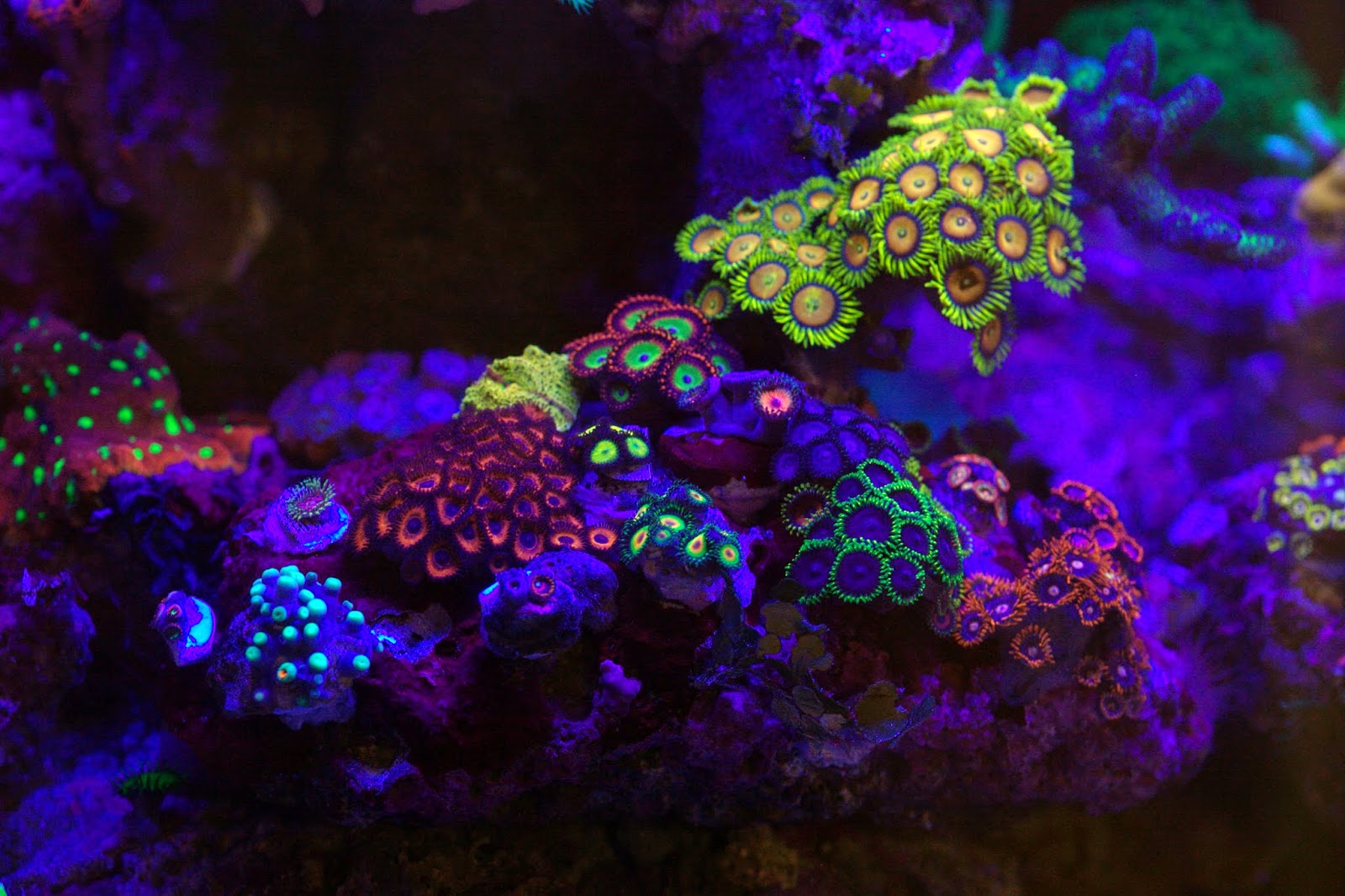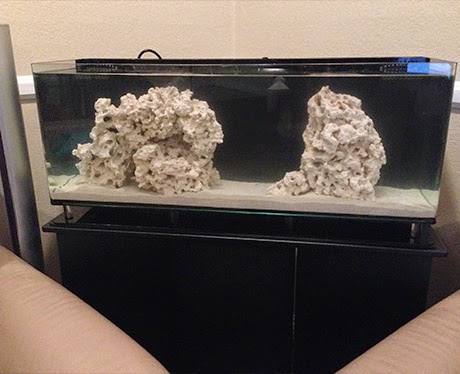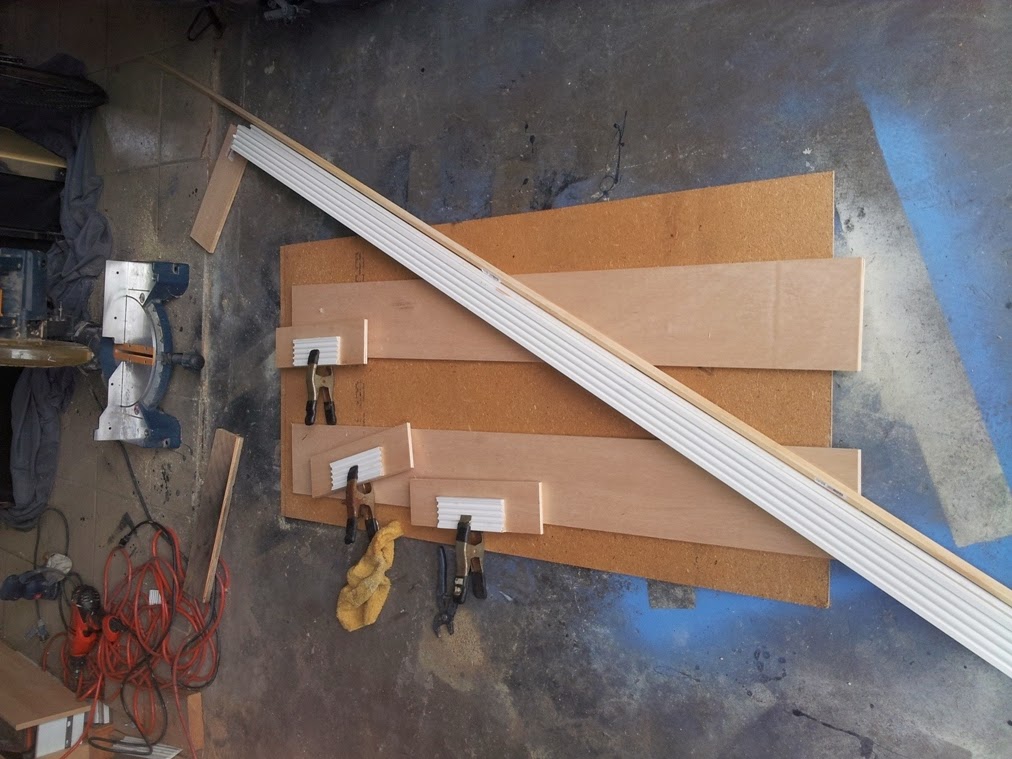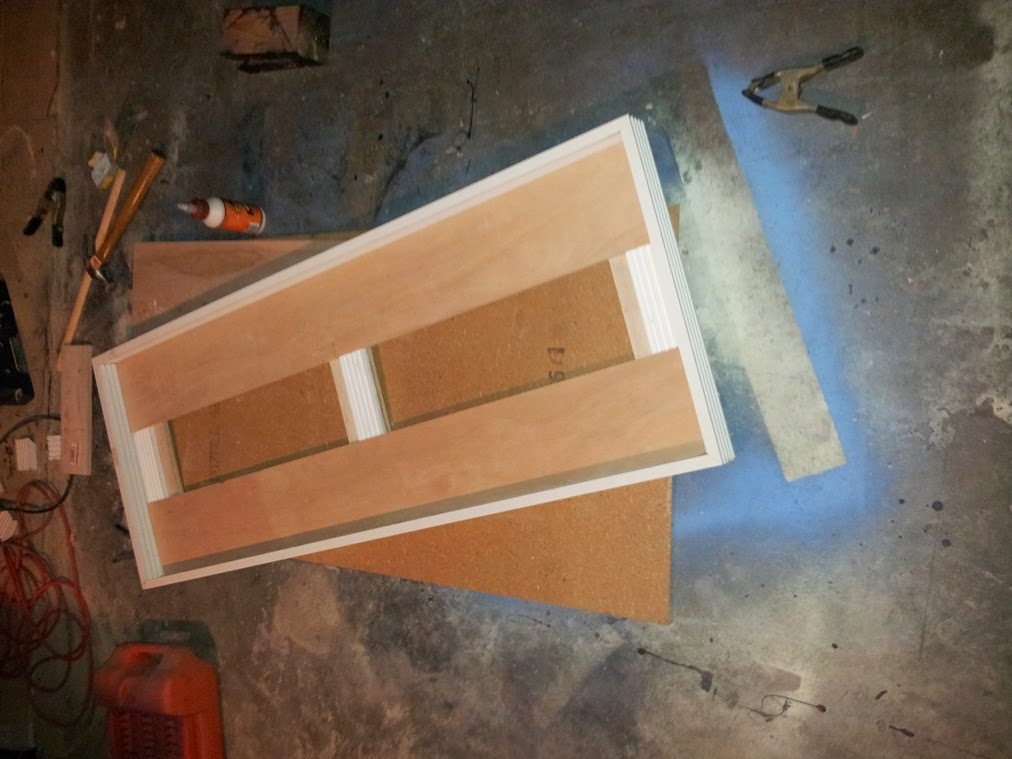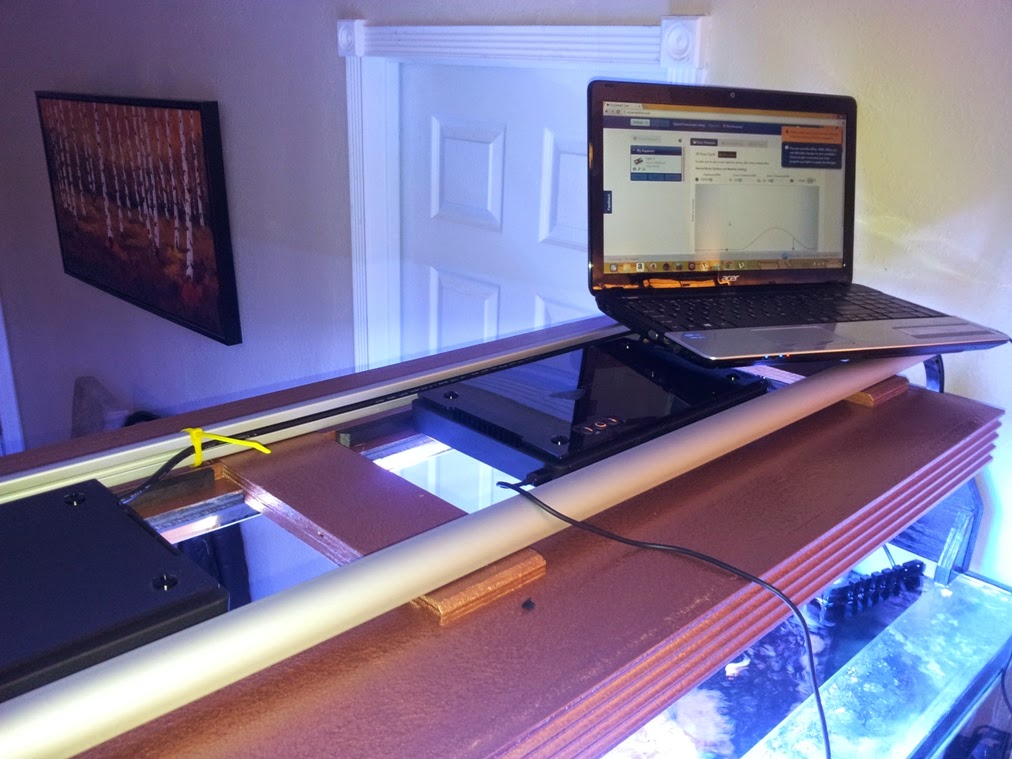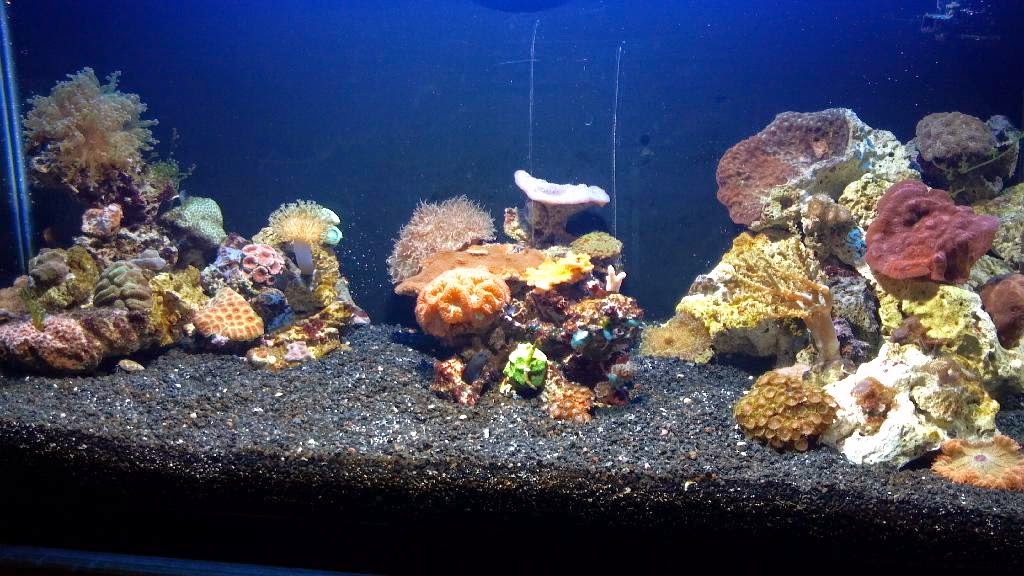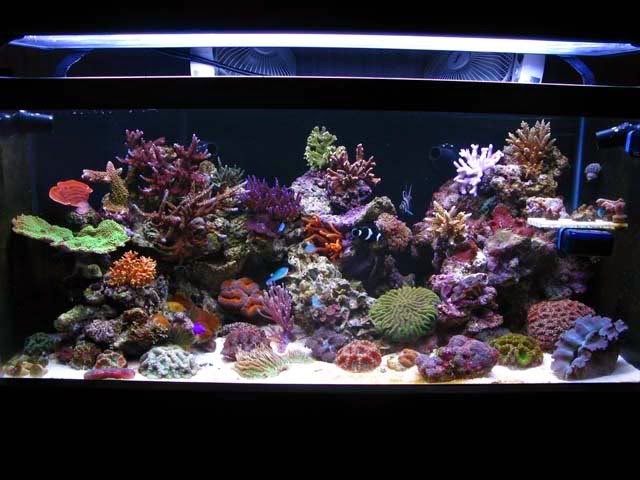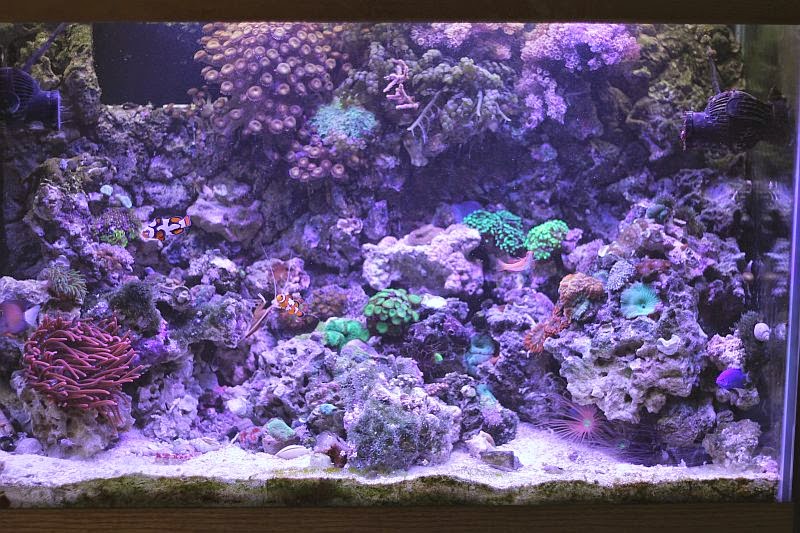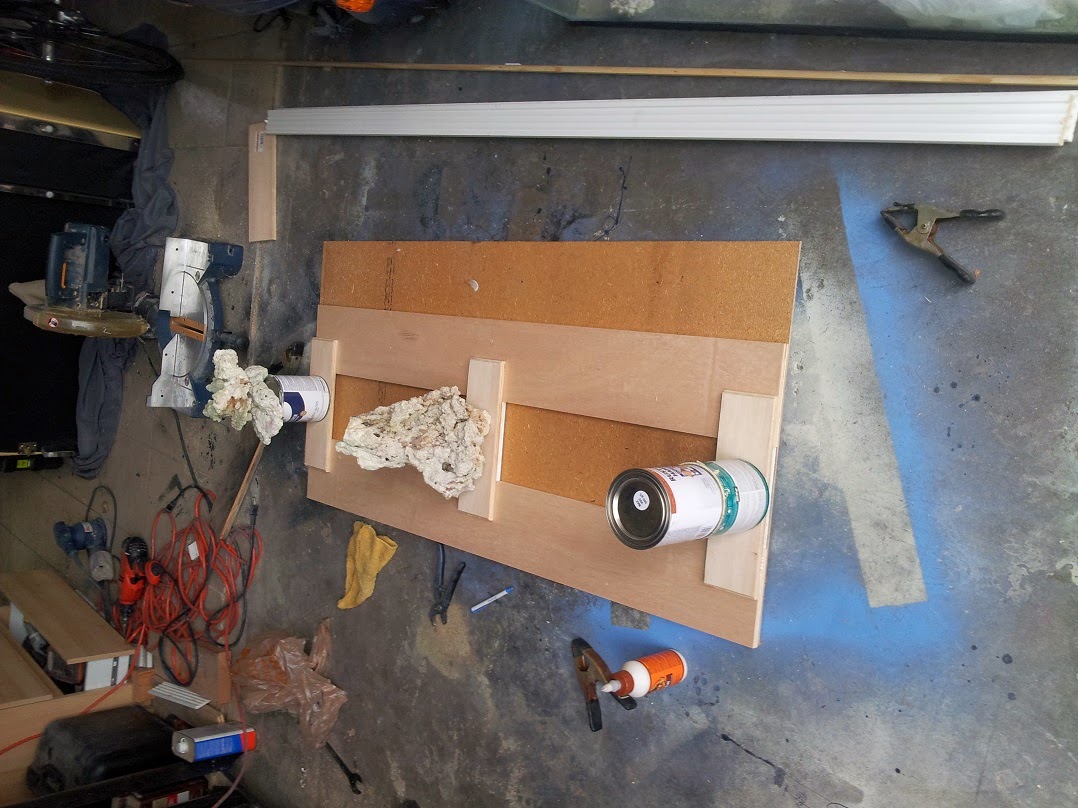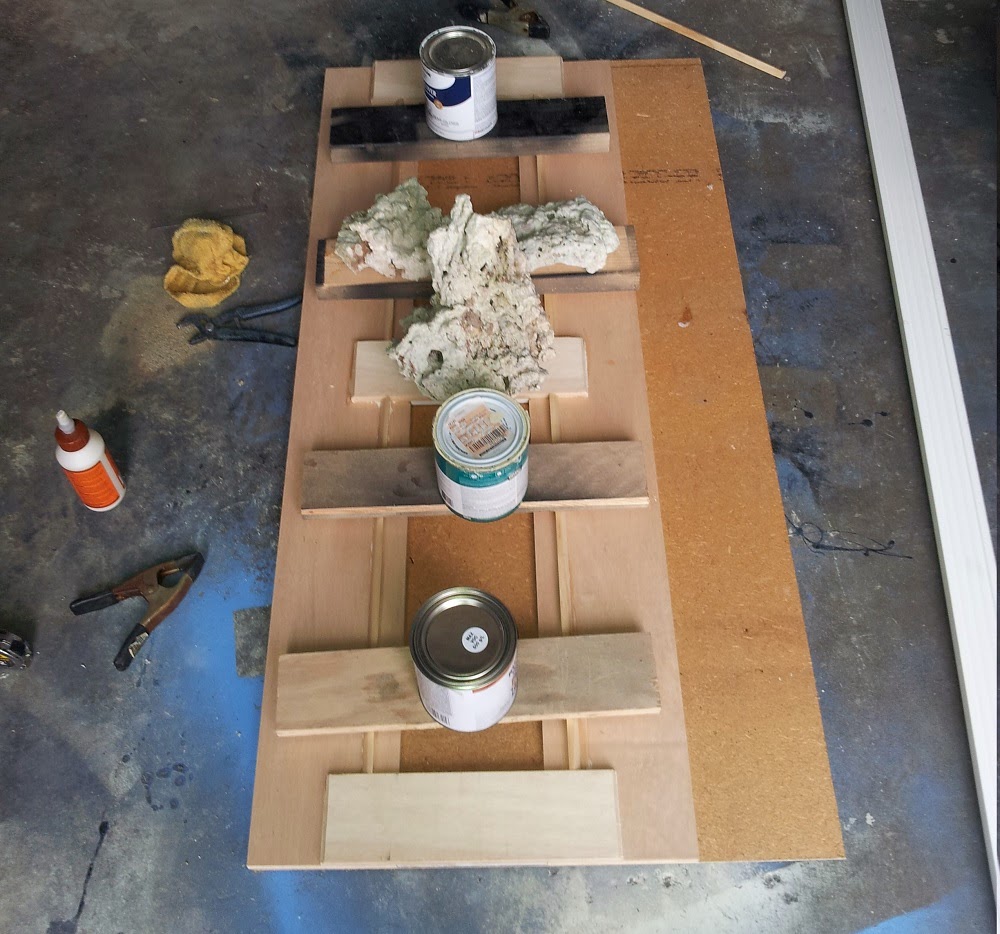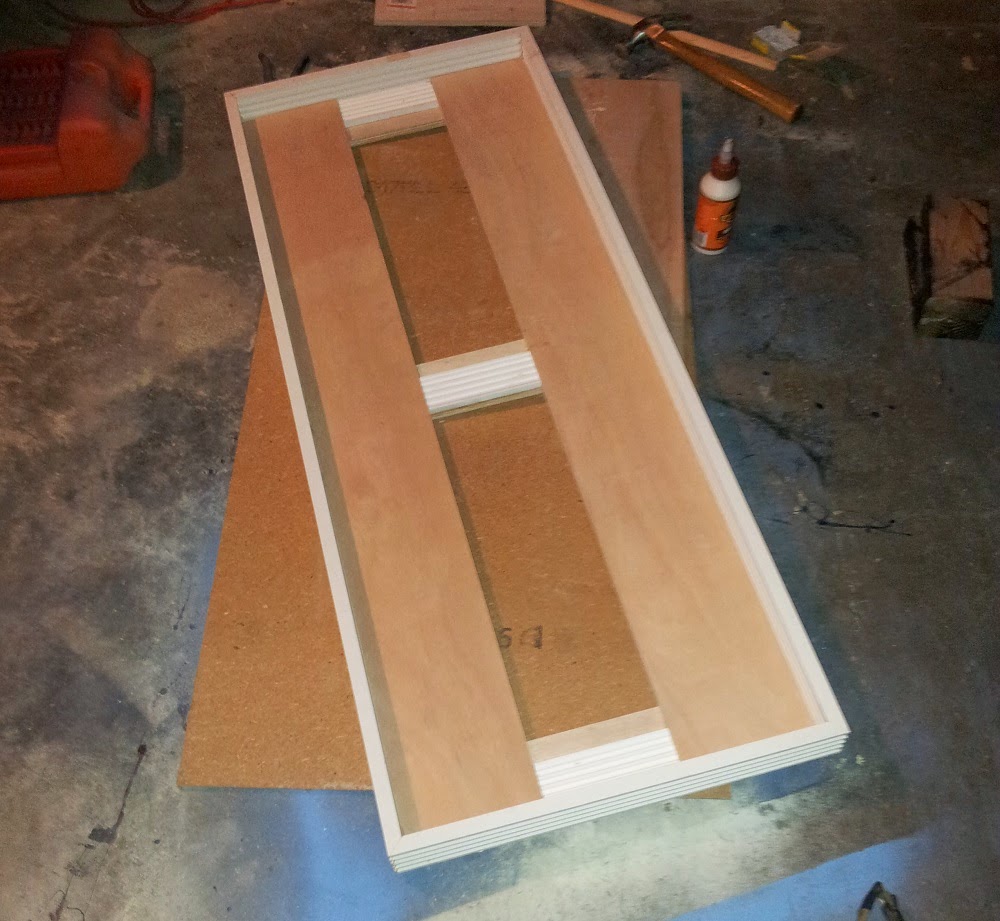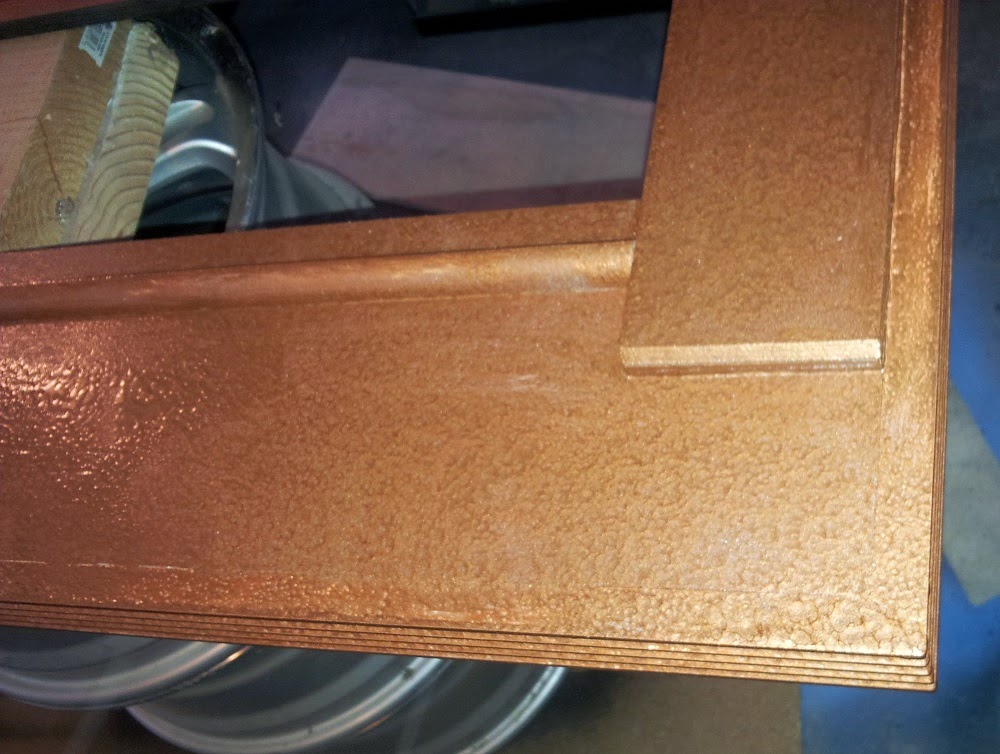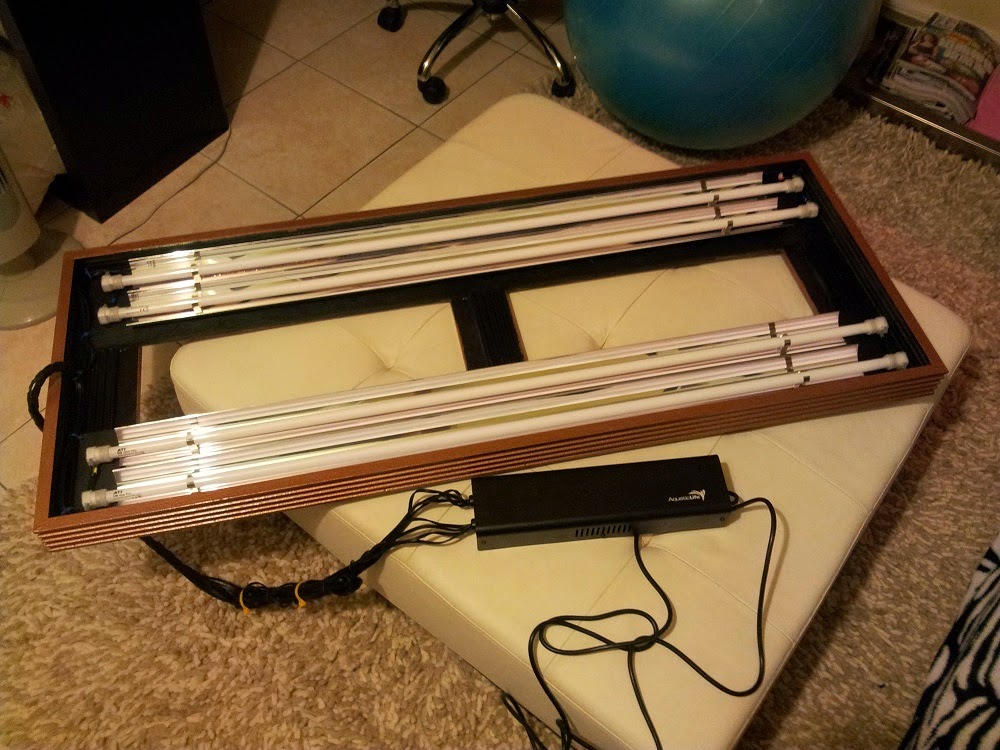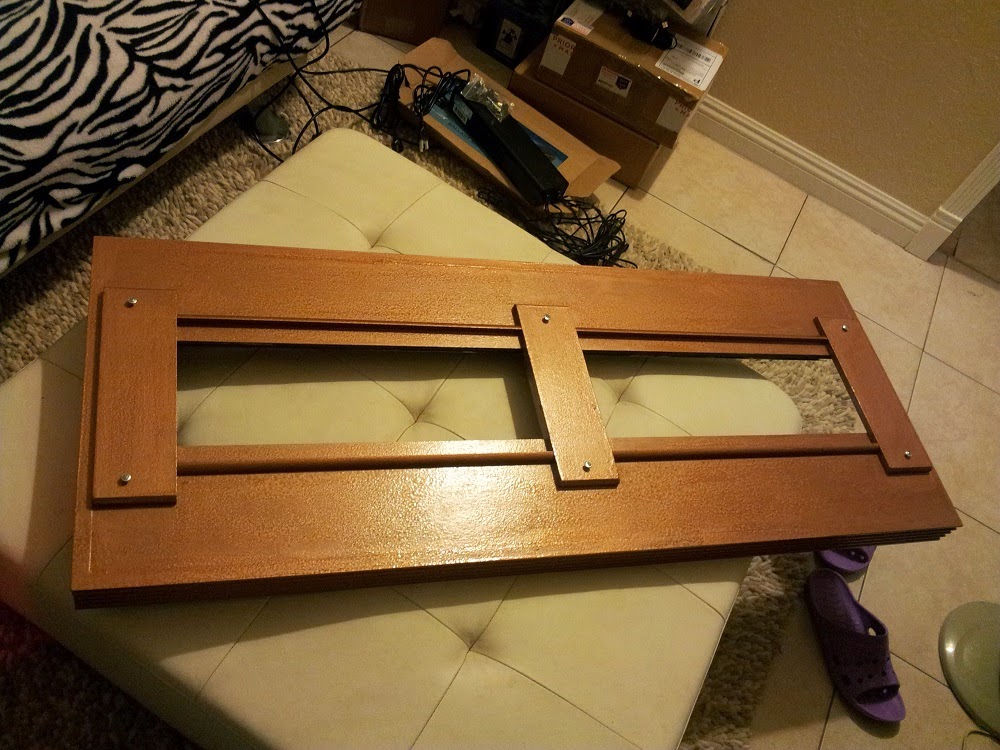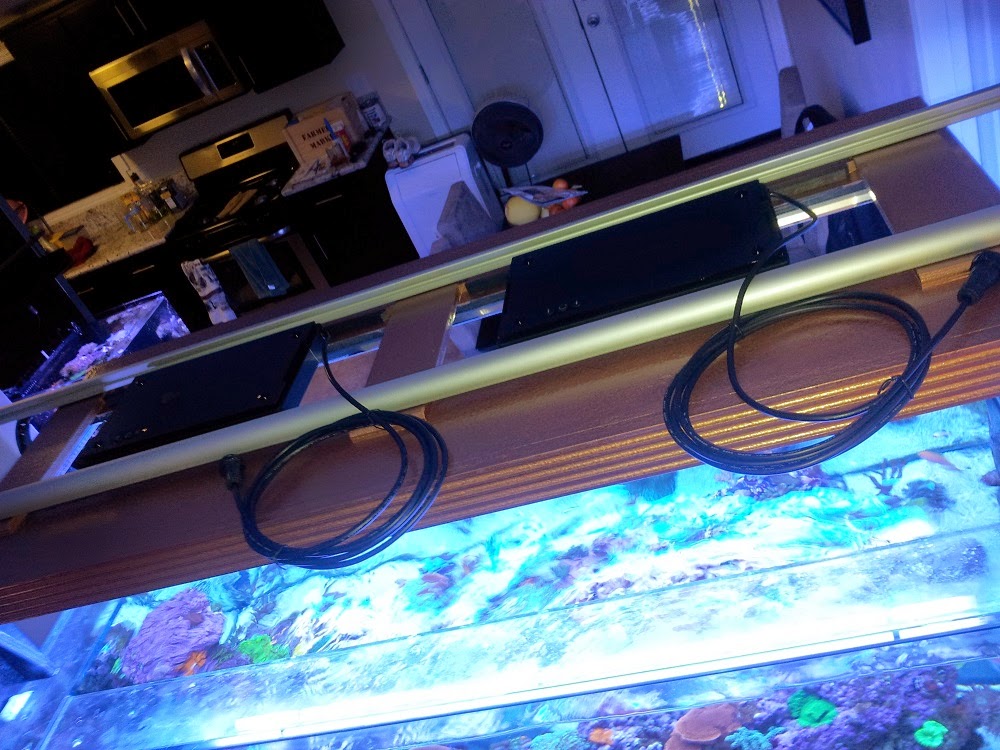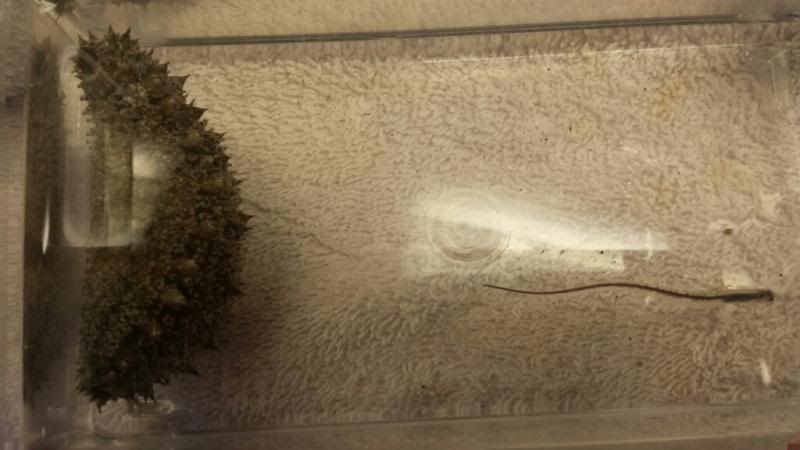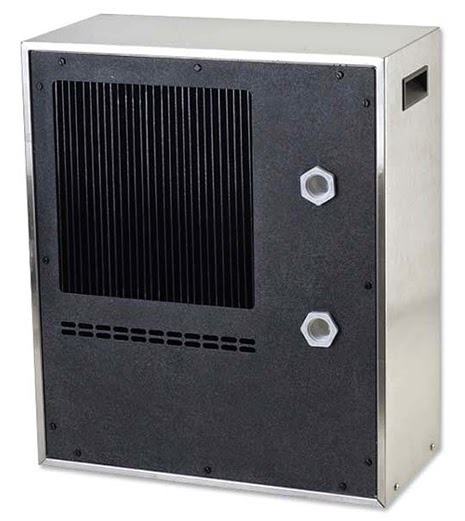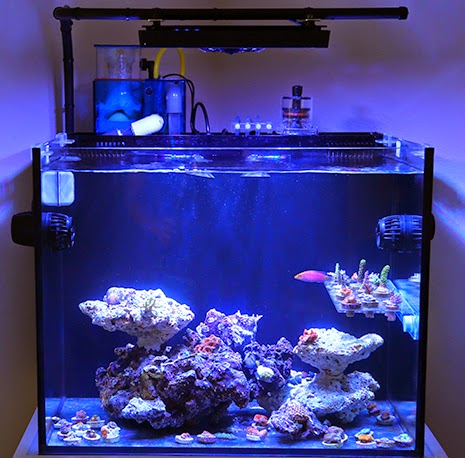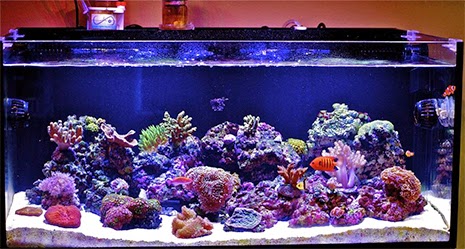With spring in full swing, it may be time to give your aquarium a good spring cleaning!
I won’t lecture you on the importance of regular tank maintenance. If you’ve been in the hobby for a while, you already know how important it is to stay consistent with aquarium upkeep.
Today we’re here to talk about all the tools available to help us with the dirty job of cleaning up a fish tank.
The easiest way to keep an aquarium clean is to get a clean-up crew. I’m not talking about an aquarium maintenance guy that comes over to clean your tank, either. I’m referring to the unsung heroes of reef aquaria—the snails, hermit crabs, shrimp and the like—who slither, scuttle and swim around your tank keeping the sand bed, rockwork and even other animals clean.
Truth be told, these animals can only do so much. Even if you’ve got a diverse CUC, state-of-the-art aquarium equipment and change your water regularly, you’ll still need to apply a little elbow grease every now and again to make your tank spotless and draw the “oohs” and “aahs” of guests.
There are a bunch of cool tools at your disposal which are great for Spring cleaning and year-round use. Here are some of my favorites:
Algae Magnets
The only tank maintenance tool I remember from my dad’s old aquarium was the algae magnet. It made a particular impression on me because I can recall how fun it was to move around and how satisfying it felt to clean off the glass and peer into a clear tank.
Using an aquarium algae magnet isn’t rocket science, but there are some good practices I recommend. The first is to use your algae magnet often. Doing a little work here and there won’t allow as much gunk to build-up so you won’t have to work as hard.
The way an algae magnet works is simple. There are two parts, both magnetic. Place one part outside your tank and one inside. The inside magnet, the part submerged underwater, has an abrasive, Velcro-like surface that scrapes algae and calcium deposits off your glass/acrylic as you push the outside magnet with your hand. The outside magnet has a smoother surface that polishes the outside of your aquarium as you move your hand up-and-down, side-to-side for a streak-free shine.
The inside part of some algae magnets, from brands like Algae Free and Mag-Float, will float right to the surface of the water if you remove the outside magnet and break the magnetic field. This is important to note because not all do and occasionally, as you’re moving the outside magnet around, it does separate. Say, if you’re going over a rounded corner, for instance. The inside magnet then sinks to the substrate and sand particles can get caught in the Velcro-like scraping surface (though you also can inadvertently get sand in your algae magnet by simply cleaning close to the sand). You basically just want to be cautious so you don’t scratch your glass or acrylic tank walls. Scratch removal kits are available, but it’s definitely something you want to avoid.
You want to be conscience of the size of the algae magnet when you shop to ensure you choose the proper tool for your tank. You don’t want one too big, you don’t want one to small: like Goldilocks, you want one that’s just right. Even if you have a super-small tank, there is an algae magnet for you (the NanoMag). If you have a glass aquarium, you could use a magnet suitable for glass or acrylic, but if you’ve got an acrylic tank, you need to be careful to use only algae magnets with a scraping surface suitable for your tank so you don’t scratch the walls up.
Last but not least, don’t forget to leave room between your tank walls and aquarium rock when you aquascape your tank. You want to have enough space around your reef to move your algae magnet all the way around the tank (it will help with water circulation, too!).
Algae Scrapers
Your algae magnet may be the maintenance tool you use most often, but sometimes you’ll need to access hard-to-reach places or require better leverage to scrape off really stubborn algae or calcium deposits. In these situations, you need an algae scraper.
Handheld algae scrapers are particularly useful. You can get right down to the sand bed and scrape off pretty much anything on your tank walls, even coralline algae. If you’re gluing frags and accidently get some on the outside glass of your tank, just use your algae scraper to get the glue off.
In addition to the handheld variety, there are longer versions, some with telescoping handles, to reach down deep and into tight spots your arm or magnet won’t reach. Most scrapers have interchangeable and replaceable blades available for different applications, such as a rust-resistant stainless steel blade for calcified deposits on glass aquariums, a plastic blade for cleaning acrylic (or glass for general algae removal) and a fabric pad-covered blade for fine cleaning and mopping.
Algae Pads
I have an Innovative Marine 38 gallon Nuvo Aquarium and a flat algae magnet or algae scaper doesn’t do a very good job of cleaning the bent corners. This is where algae pads come in handy: they bend and fold according to the curve of your glass to remove unsightly algae no other tool could.
Scrubbing your aquarium with an algae pad isn’t dissimilar from scrubbing a dish with a sponge. Just hold the pad in your hand and push up against the surface you want to clean and scrub back-and-forth.
Algae pads are the least expensive tool for removing algae and many consider them to be indestructible, so they’re a terrific value. They are usually rectangular in shape and can sometimes be attached to a plastic or wood handle to allow you to reach deep and clean those difficult nooks and crannies. Similar to magnets and scrapers, algae pads are available for both glass and acrylic aquariums.
Siphons
Siphons are one of the most common maintenance tools in the aquarium hobby. I have yet to meet a single fresh or saltwater aquarist that hasn’t used one at some point to perform their water changes. Regular water changes are crucial for removing waste and debris so you can replenish your tank with new, clean water.
Most siphons have a rigid plastic tube called a gravel vacuum at one end to clean sand and gravel. Your substrate will tumble inside the gravel vacuum, freeing detritus and debris to be siphoned up and out of your tank into a bucket for removal. It’s easier with larger-grained sand or gravel because the sugar-sized stuff can easily get sucked right out. The trick is to pinch the vinyl tubing to slow down the water flow or use flexible tubing for better control during water changes.
Coral Feederaka Turkey Baster
Coral feeders are essentially modified turkey basters for the aquarium hobby. They are a versatile tool every hobbyist should have in his/her aquarium tool chest.
Coral feeders are affordable, easy to clean and serve a variety of purposes. You can use one to feed your corals, invertebrates, clams, anemones and even fish. You can gently blow sediment and organic matter off corals and live rock. You can stir up detritus to siphon out during a water change. You can suck up extra food, nuisance algae or anything else you don’t want inside your tank.
Even acclimating livestock is made easier with a coral feeder. Just suck out some water from the bag your fish arrived in and replace it with tank water. Then repeat those two steps as needed.
I’ve even used my coral feeder to successfully remove a few bristleworms that had grown too large in my tank, although it’s pretty challenging—I’ve failed more times than I’ve succeeded!
Toothbrush
Toothbrushes are another great tool for cleaning an aquarium. You can buy one just about anywhere or use a spare you already have in the house. They are an inexpensive all-around cleaner that are easy-to-use and give you leverage to clean hard-to-reach areas.
You can use a toothbrush to clean rough surfaces, but you can also use them to scrub more delicate areas, like around your corals. A toothbrush can make it easier to brush glass and rocks to free debris that can be removed during a water change.
My favorite ways to use a toothbrush for aquarium maintenance is to clean my protein skimmer, media reactor, return pump, powerhead and media baskets. I always keep my protein skimmer collection cup clean with a toothbrush so I can see the bubbles and skimmate being removed from the tank.
Bristle Brushes
Over time, algae and other buildup needs to be cleaned and cleared from pumps and plumbing parts. Bristle brushes are the best tool I’ve found for cleaning the inside of tubing. They are also useful for cleaning out the grills of your powerhead or inside the pump’s impeller chamber. I’ve used my bristle brush to clean the inside of my protein skimmer collection cup, too.
Pump Soaks
Most reefers like how coralline algae looks on aquarium rock, although not everyone wants the stuff covering their powerheads because it can eventually impact performance. Pump soaks free your pump/powerhead of unwanted coralline and dirt to make your pump look and run like new. Pump soaks, also referred to as accessory or equipment cleaner, decalcify aquarium parts faster than vinegar.
To use a pump soak, remove the pumps from your aquarium and soak them in a bowl or bucket filled with water and the equipment cleaner of your choice. You will begin to see algae dissolve from your pumps within minutes. They’ll be good as new in no time!
Check out my colleague Kira’s review on D-D EzeClean Equipment Cleaner for more detailed instructions and photos.










-99.jpg)






-1.jpg)


